Sensex, Nifty fall over 1 pc on selling in banking, auto shares
Key stock indices Sensex and Nifty declined over 1 per cent at close on Monday due to heavy selling in banking, auto and FMCG shares amid weak global market trends and continued foreign fund outflows.
Reversing its previous session’s gains, benchmark BSE Sensex tumbled 638.11 points or 1.11 per cent to settle at 56,788.81. During the day, it tanked 743.52 points or 1.29 per cent to 56,683.40.
Also read: Pixel 7, Pixel 7 Pro design renders, specifications leaked online ahead of Google event on October 6
Among Sensex stocks, Maruti fell the most by 3.16 per cent, Hindustan Unilever by 2.77 per cent, IndusInd Bank by 2.55 per cent, ITC by 2.32 per cent, Bajaj Finance by 2.26 per cent, State Bank of India by 2.15 per cent and Kotak Mahindra Bank by 2.03 per cent.
Dr Reddy’s, NTPC, Bharti Airtel and Wipro were the winners.
Sensex had surged by 016.96 points or 1.80 per cent to settle at 57,426.92 on Friday. The Nifty climbed 276.25 points or 1.64 per cent to end at 17,094.35.
“Markets started the week on a feeble note and lost over a per cent, tracking weak global cues,” Ajit Mishra, VP – Research, Religare Broking Ltd, said.
In the broader market, the BSE midcap gauge declined 1.24 per cent and smallcap index fell by 0.54 per cent.
Among the BSE sectoral indices, power fell by 3.24 per cent, utilities by 3.14 per cent, auto (2.11 per cent), FMCG (2.05 per cent), commodities (2.01 per cent), consumer discretionary (1.26 per cent) and realty (1.24 per cent).
Healthcare and telecommunication ended in the green.
Global markets are expected to stay under pressure due to the confluence of an unfavourable economic outlook and investor risk aversion, Vinod Nair, Head of Research at Geojit Financial Services, said.
Also read: Plans to modernise Sevagram Industrial Area within 2.5 years: MSME Minister Narayan Rane
“Global markets were in pain as economic data forecast to shed lower as indicated by high-frequency indicators in European regions like UK PMI is consequently down below 50 showing contraction in economy.
“As demand slowed, India’s manufacturing PMI declined slightly to 55.1 in September. As a result, all the key sectors were pressured by selling, except pharma & Oil stocks,” Nair added.
Elsewhere in Asia, markets in Hong Kong settled lower, while Tokyo ended higher.
Stock exchanges in Europe were trading lower in mid-session deals after oil prices rose by more than USD 3 per barrel amid dire warnings over energy shortages in Europe. The US markets ended in negative territory on Friday.
Meanwhile, the international oil benchmark Brent crude futures jumped 3.90 per cent to USD 88.46 per barrel.
Foreign institutional investors offloaded shares worth Rs 1,565.31 crore on Friday, according to data available with BSE. Foreign investors turned sellers in September, pulling out Rs 7,600 crore from Indian equity markets.
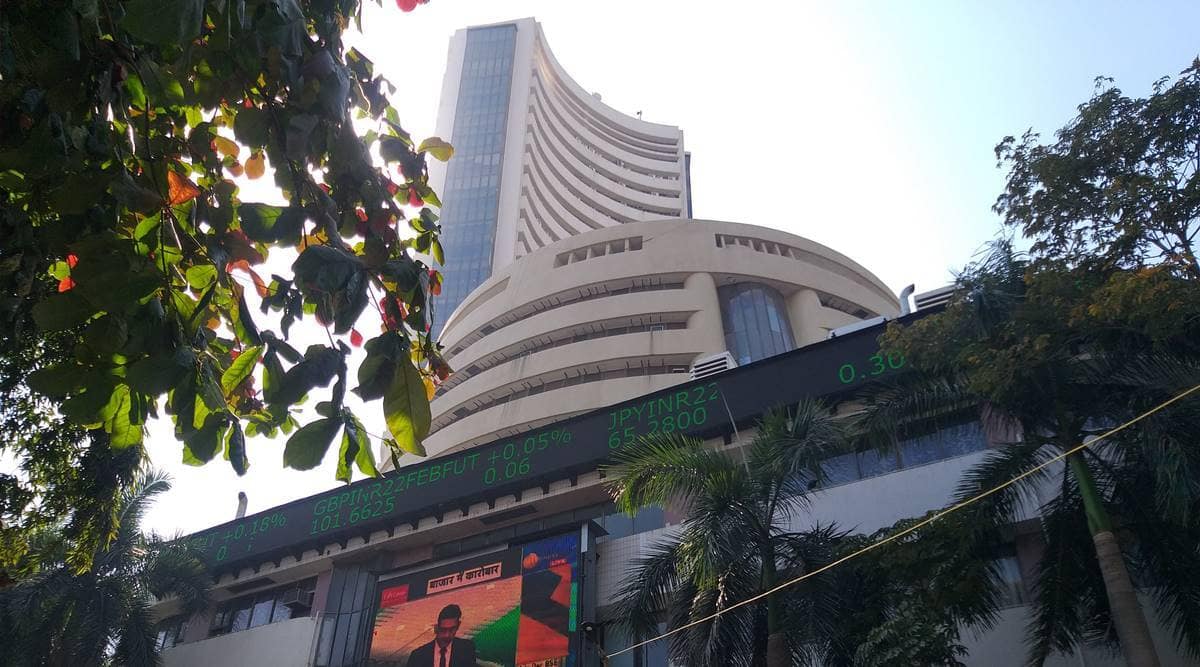
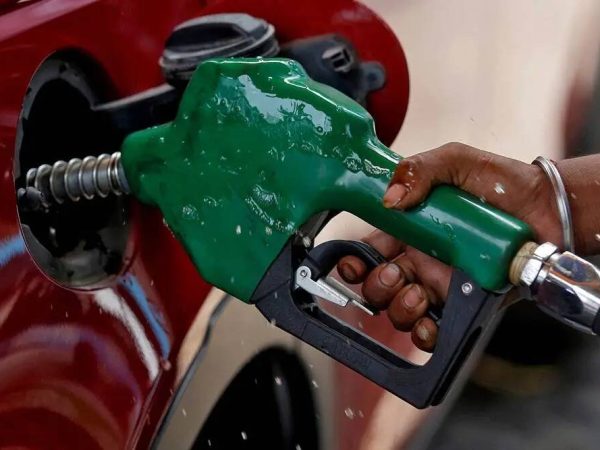
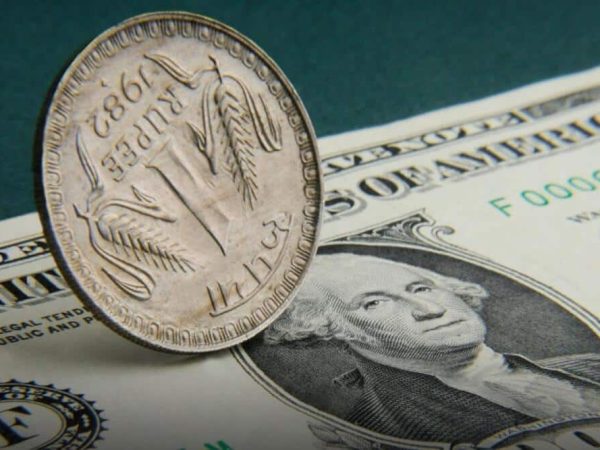
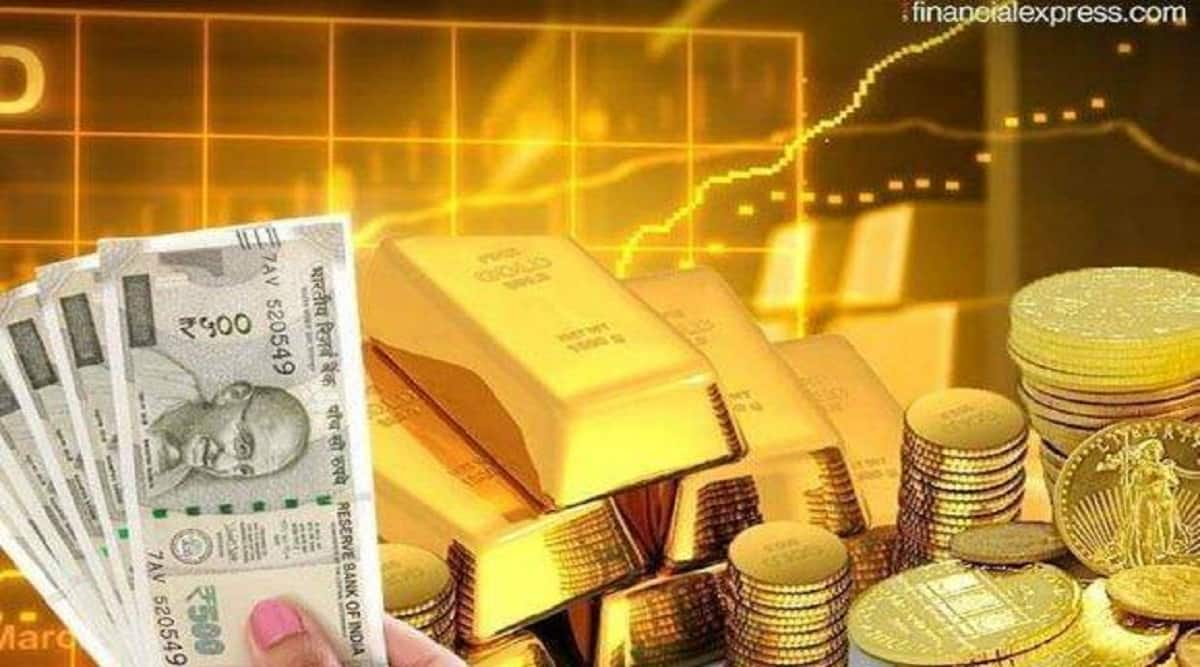
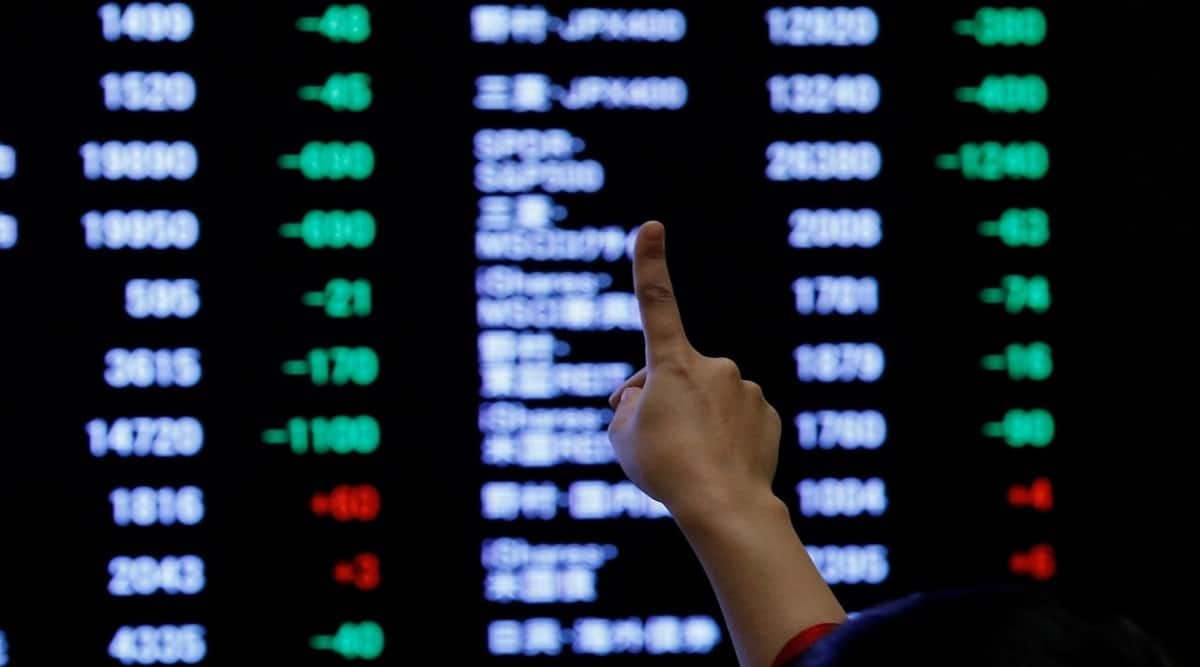
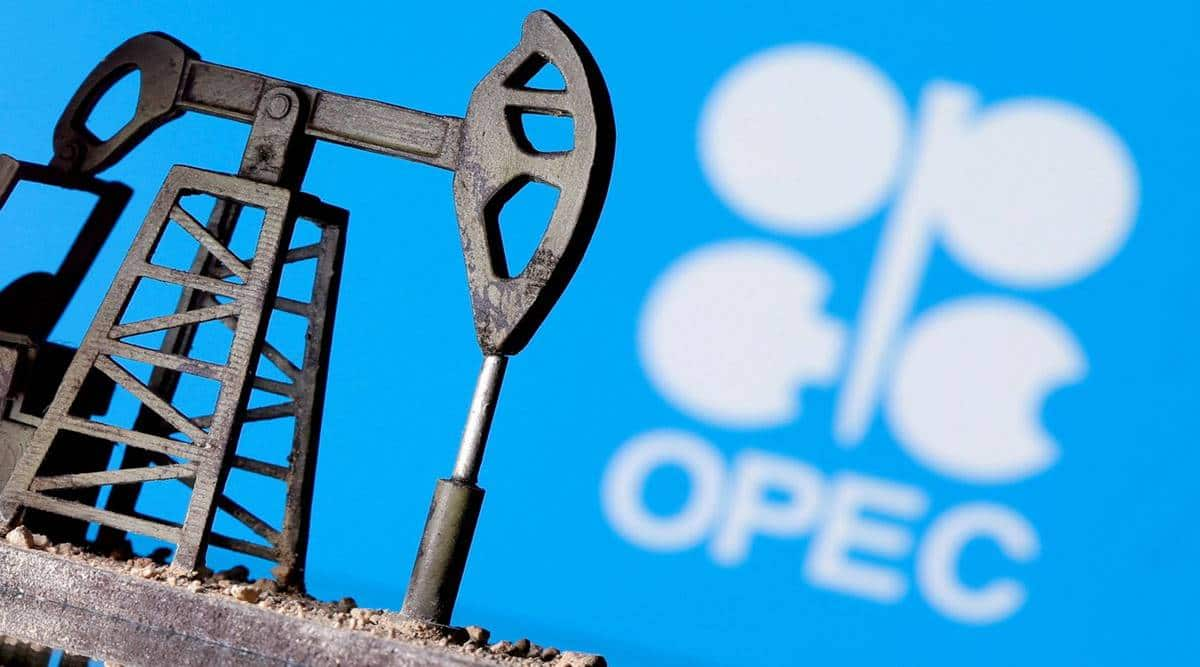
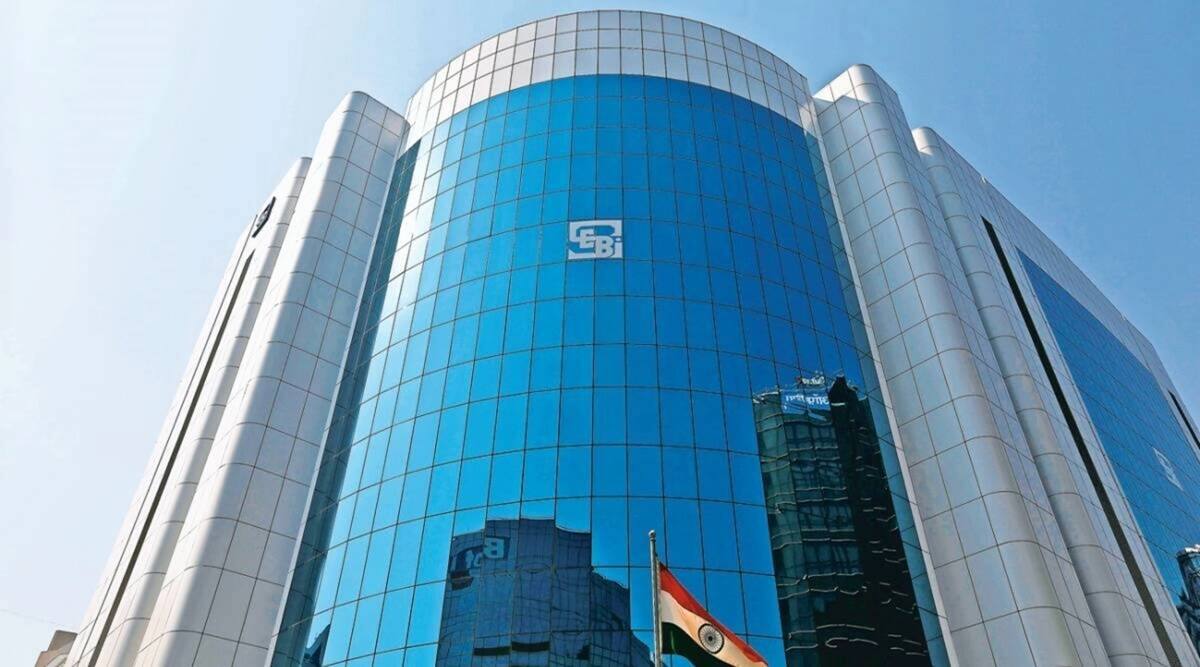
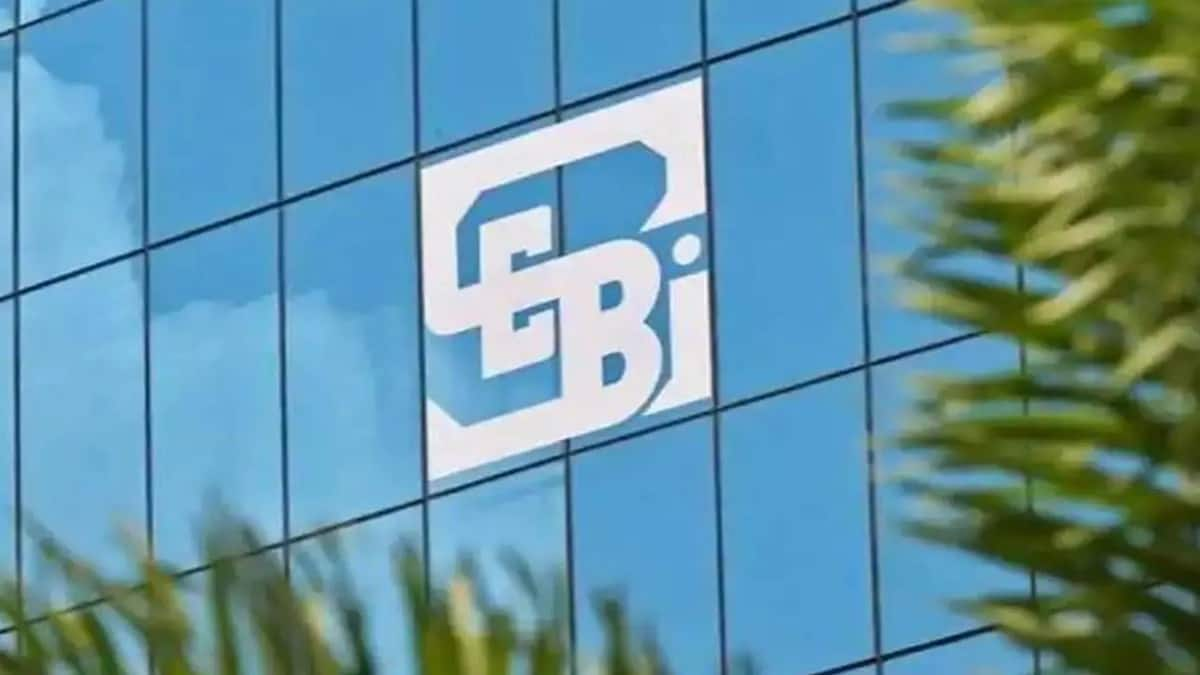


Recent Comments